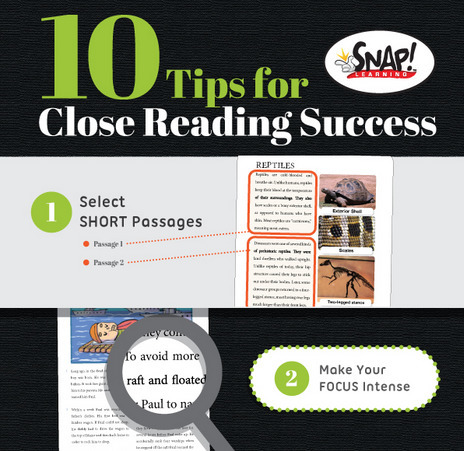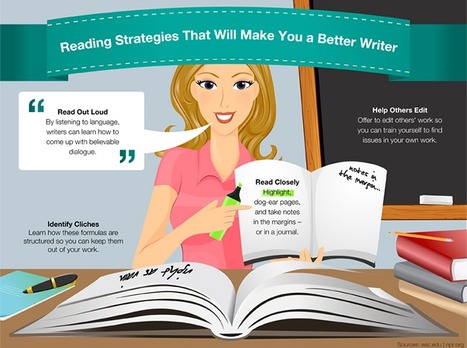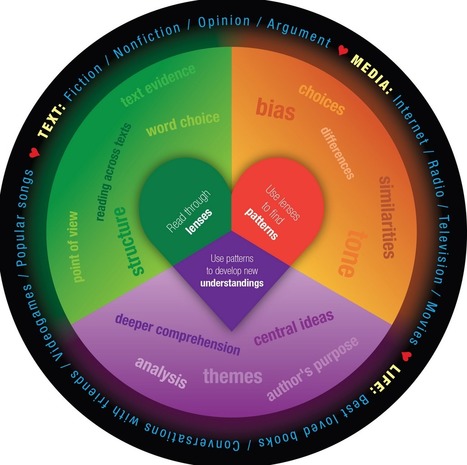Click here to edit the title
Get Started for FREE
Sign up with Facebook Sign up with X
I don't have a Facebook or a X account
 Your new post is loading... Your new post is loading...
 Your new post is loading... Your new post is loading...
Alexandra Real's curator insight,
February 27, 2014 2:35 AM
Although some of these tips are helpful they are not specific enough when it come to actually reading. The title "Genius Reading Strategies" is overly exaggerated. Reading strategies do not come from a set of paragraphs. I have to point out one specific comment made in this article about reading. Having to "read closely" as opposed to skimming throught the text. I agree to this comment however I expected for the author to define what close reading is? What type of questions arise in order to create close reading? What type of topics should be highlighted? how exactly do you think critically? "Ask as many questions as you like" well what type of questions? I think this article could have done much better if it would have been thorough. then again, we as Americans are always in find of quick and straight forward solutions to "becoming better" or to finding a solution.
Sharena Hamilton's curator insight,
March 6, 2014 1:25 PM
Reading helps you become a better writer. This article gives us strategies to become a better reader and with becoming a better reader you can become a better writer. Close reading include highlighting key points, making notes, and have question to build critical thinking skills. This Article has more strategies so reading this article can help you become a better reader and writer. |

Intriguing Networks's curator insight,
December 7, 2013 9:05 AM
Thik this is a very interesting dilemma long form read alongside skimmers, wasn't scanr eading always part of a good student's skill set. Will need to read this carefully. 
David Baker's curator insight,
December 8, 2013 12:33 AM
Just went to the blog post and it is a rich resource. I will be adding it to my seminar follow up. |















This infographic from SNAP!Learning is one component of this post by Heidi Morgan (a guest poster on a blog by Vicki Davis). It is followed by a detailed explanation of what close reading is as well as a breakdown of each step and how she uses it in her classroom. There is also a great list of additional resources (and right above the list you will find a link to a presentation that is worth watching).